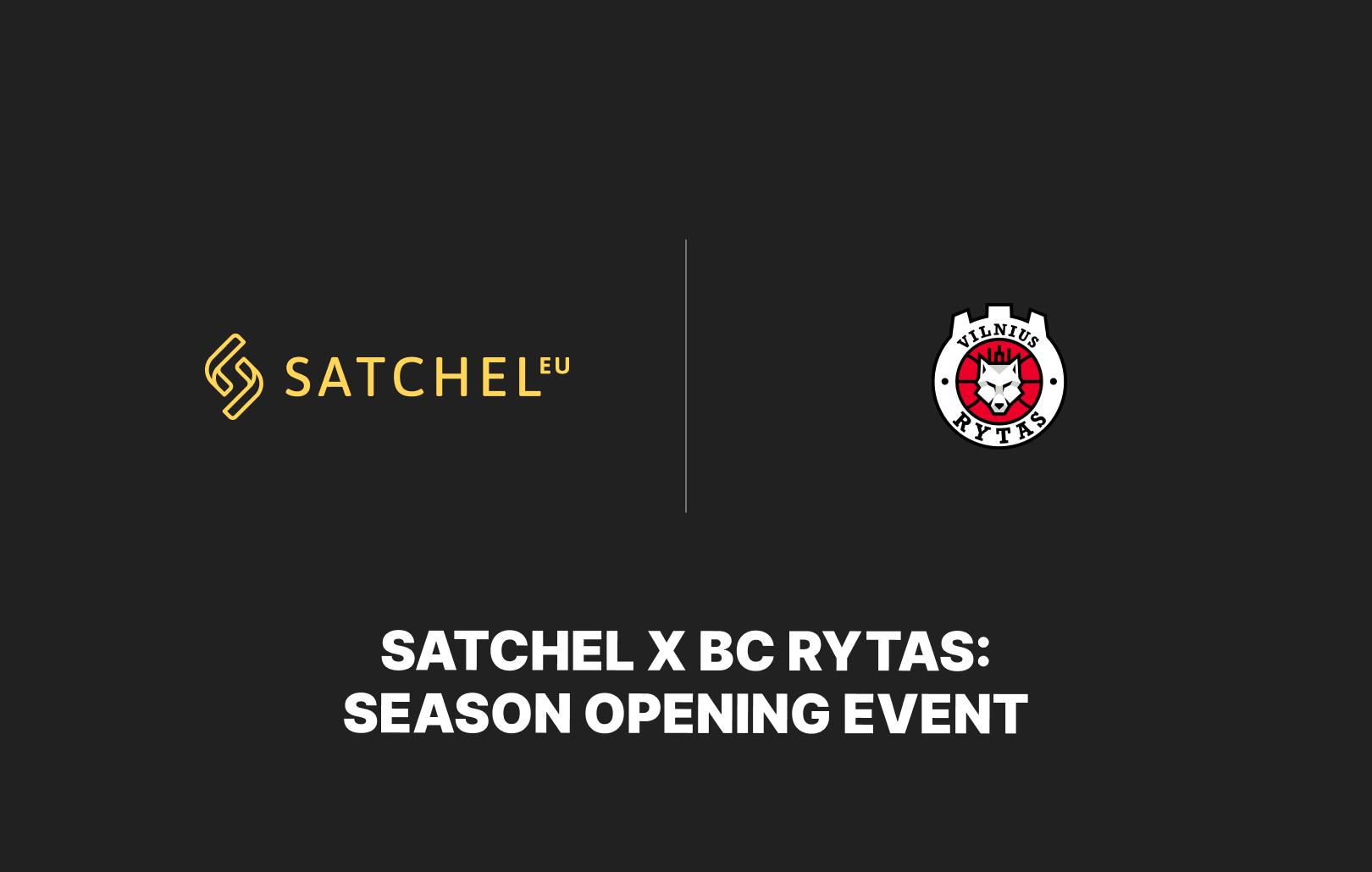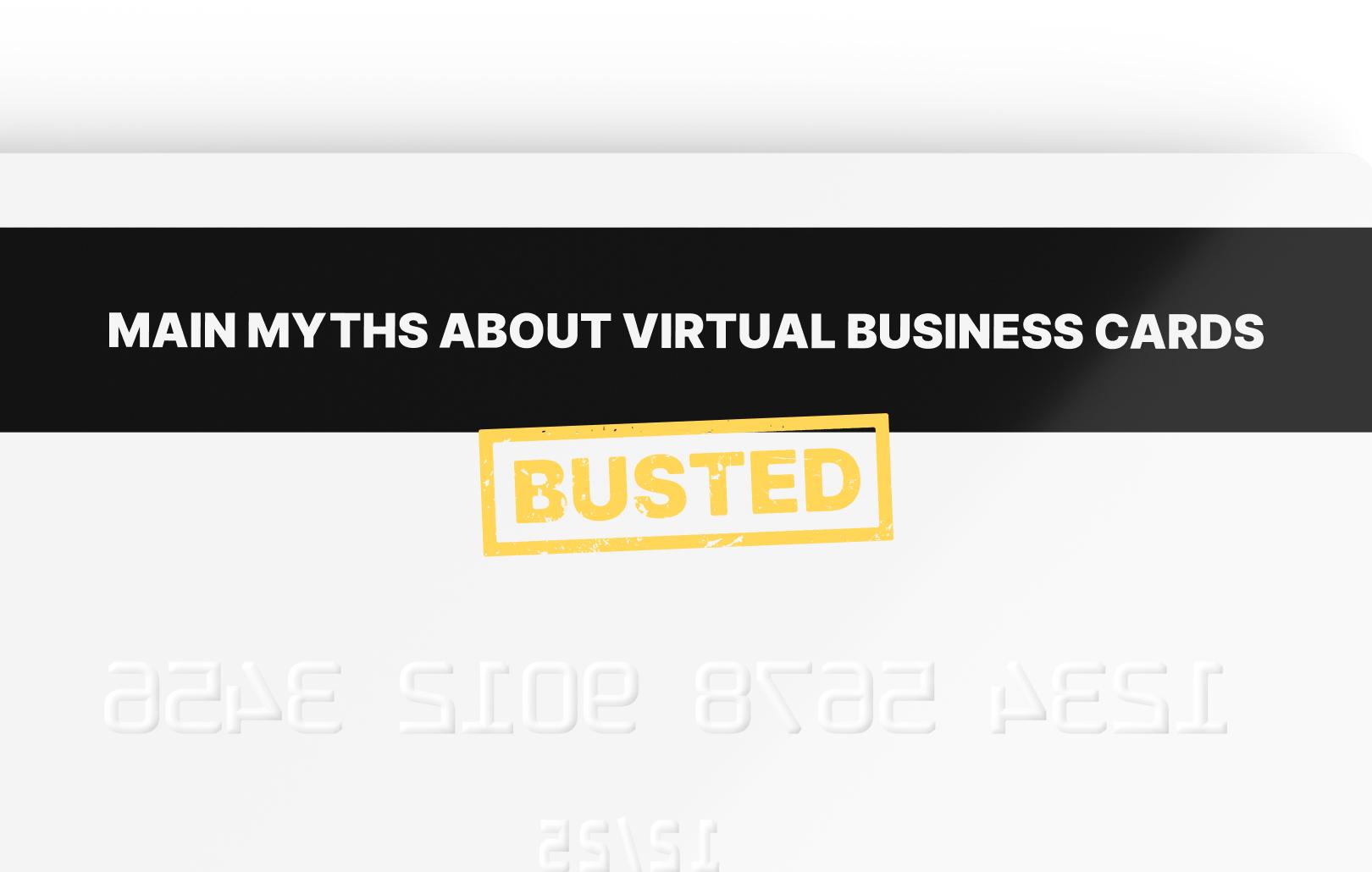Banking Software: Classifications and Descriptions

A comprehensive guide to banking software solutions
Welcome to the modern banking world, where the landscape is akin to a Lego construction set, allowing for endless possibilities and potential for innovation. Modern banking is a sophisticated system, offering solutions that can be customized and reconfigured to suit individual needs and preferences of both enterpises and individuals. Whether it’s building upon an existing model or creating something entirely new, the flexibility and versatility of modern banking technology make it an exciting and dynamic space to explore. Banking software can be compared to ready-made blocks that you can order from different suppliers, giving you the freedom to mix and match to create the perfect solution for your unique financial needs.
Banking software can be classified into several categories based on its functionalities and the role it serves within the banking sector. Here are some of the key categories:
1. Core Banking Systems (CBS). The core banking system is the software that financial institutions rely on for their most crucial operations. It helps create new accounts, manage existing ones, process transactions, calculate interest, and manage risks. It’s like the brain of a financial institution, ensuring a smooth customer experience and compliance with regulations. It also handles daily transactions and updates financial records.
A core banking system, short for Centralized Online Real-time Environment (CORE), makes the banking provider feel like a single entity to customers, no matter where they are. This gives customers more freedom to use their accounts and make transactions from anywhere in the world.
Satchel.eu, a leading European digital banking provider, operates on its own proprietary core banking system, which is seamlessly integrated with CENTROlink. This unique setup allows for an unparalleled banking experience for end-users and white-label neobanks that are hosted on the Satchel BaaS platform.
The system is made up of several modules:
- Accounting: Designed for keeping a close eye on all financial transactions, including deposits, withdrawals, loans, and payments.
- Operations: Helps with day-to-day tasks like processing transactions and managing accounts.
- Risk Management: Plays a vital role in identifying and managing risks, such as fraud and credit risk, to protect the institution.
- Customer Relationship Management (CRM): Keeps track of customer data, interactions, and generates useful reports to help build better relationships and improve user experience.
- Reporting: Creates detailed reports to help financial institutions track their performance and make informed decisions.
2. Risk and Compliance Software. Risk and Compliance Software refers to technology solutions designed specifically to help financial institutions and EMIs manage and mitigate risks, ensure regulatory compliance, and enhance governance practices. These systems are crucial for banks due to the highly regulated nature of the industry and the complex array of risks they face, including financial, operational, credit, market, and compliance risks.
In modern banking, the practice of external outsourcing of RegTech companies that specialize narrowly in AML (Anti-Money Laundering), KYC (Know Your Customer), risk assessment, and Fraud Prevention has become increasingly common. For example, Satchel partners with industry leaders like Napier and AMLYZE.
Here are some key components and features of Risk and Compliance Software in banking:
- Risk Management. Includes tools for identifying, assessing, and managing various types of risks, such as credit risk, market risk, liquidity risk, operational risk, and compliance risk.
- Compliance Management, AML and Screening. Helps banks ensure compliance with relevant regulations and standards, such as AML, KYC, Basel III, Dodd-Frank Act, and GDPR (General Data Protection Regulation). These features allow banks to screen customers and transactions to detect potential fraudulent or unlawful activities and take timely measures.
- Regulatory Reporting. Helps banks create, submit, and track regulatory reports to government agencies and regulatory bodies, ensuring compliance with reporting requirements.
- Internal Controls Management. Assists banks in documenting, implementing, and monitoring internal controls to mitigate risks and ensure compliance with regulations.
- Incident Management. Helps banks manage and respond to incidents, breaches, and non-compliance events, including incident reporting, investigation, and remediation.
- Audit Management. Supports the planning, execution, and reporting of internal and external audits, including scheduling audits, tracking findings, and generating audit reports.
- Risk Assessment and Stress Testing. Assists banks in conducting risk assessments and stress testing to evaluate their resilience to adverse economic scenarios.
- Regulatory Change Management. Helps banks keep track of changes in regulations and ensure that compliance policies and procedures are updated accordingly.
- Documentation and Document Management. Provides a centralized repository for storing and managing compliance-related documents, such as policies, procedures, regulations, and audit reports.
3. Open Banking Platforms and APIs. APIs, short for Application Programming Interfaces, are a set of protocols and codes that facilitate communication between software components, allowing different applications to interact with one another. In the context of open banking, APIs enable third-party providers (TPPs) to securely and efficiently access data from financial institutions.
Open banking platforms and APIs are pivotal in the contemporary financial landscape, fostering collaboration among banks, financial institutions, and third-party developers. These platforms offer a standardized and secure framework for developers to engage with banking systems, thereby spurring the creation of innovative financial products and services. For instance, developers can leverage open banking APIs to design budgeting applications that aggregate data from multiple payment accounts, or applications that allow users to initiate payments from various accounts.
- Open Banking Platforms: These platforms provide a suite of standards and technologies, empowering developers to craft applications and services that interact with banks and financial institutions’ systems.
- APIs: Typically included within open banking platforms, APIs serve as the conduits through which developers can access data and functionality from banks. They offer a secure and standardized mechanism for developers to construct applications capable of accessing customer account information, initiating payments, and undertaking other banking-related tasks.
The role of APIs in the banking ecosystem is crucial as it has led to significant industry advancements and the emergence of new segments such as embedded finance and Banking as a Service (BaaS). Modern banking resembles an open-air market where institutions can conveniently select the missing components and acquire new ones to replace outdated ones. For instance, at Satchel:
- Fintech companies, both new and existing, can integrate a payment gateway to CENTROlink, an automated cloud-based service designed for payment management across Europe. This facilitates the issuance of unique EUR IBANs for direct SEPA and SEPA Inst transfers.
- Cutting-edge API technology enables the generation and issuance of physical and virtual cards. These APIs empower clients to access a suite of robust tools for IBAN generation, account and card balance checks, and payment processing.
- The use of APIs extends to the creation of customized physical and virtual cards for both online and in-store payments through card acquiring APIs.
- Importantly, companies lacking a financial license can now establish their own neobanks. This is made possible through Satchel’s existing EMI license and a pre-built 360-degree payment infrastructure.
In essence, the integration of APIs into the banking ecosystem has opened new avenues for innovation and collaboration, enabling financial institutions to offer more flexible and tailored solutions to their clients.
4. Identity Verification Software. Identity Verification Software refers to technology solutions specifically designed to verify the identity of individuals during various processes, such as account opening, loan applications, and transactions. This is a critical aspect of banking operations, ensuring compliance with regulatory requirements and safeguarding against fraud and identity theft. Essentially, it confirms that an online user is who he says he is. For example, SaaS-based solutions by Ondato offer comprehensive client lifecycle and user base management, including identity verification and onboarding. Here are some of the key components and features of Identity Verification Software in banking:
- Document Verification. Users are required to submit official identification documents, such as passports or driver’s licenses, which are then scanned or photographed. The software verifies the authenticity of these documents and compares them to the user’s information.
- Biometric Verification. This includes methods like facial recognition, fingerprint scanning, or voice recognition to verify a person’s identity. Biometric data is collected and compared to existing records for confirmation.
- Two-Factor Authentication (2FA). This involves using a second form of verification in addition to a password, such as sending a code to a user’s phone or email, to confirm their identity.
- Knowledge-Based Authentication (KBA). Users are asked to answer a series of questions based on their personal information, such as addresses, past employers, or financial history, which only they should know the answers to.
- Compliance Checks. The software may include checks for regulatory compliance, such as Anti-Money Laundering (AML) and Know Your Customer (KYC) regulations. This ensures that banks are complying with legal requirements and mitigating the risk of financial crimes.
- Fraud Detection. Identity Verification Software often includes fraud detection features that analyze various data points, such as IP addresses, device information, and user activity, to identify suspicious behavior and potential fraud attempts.
- Risk Assessment. The software may also assess the risk level associated with a user’s identity, based on various factors, such as the user’s financial history and behavior.
Identity Verification Software in banking plays a crucial role in ensuring the security of banking operations, protecting customers’ personal and financial information, and maintaining regulatory compliance. It is an essential tool for banks to mitigate risks and build trust with their customers.
5. Payment Processing Systems. Payment Processing Systems, also known as payment processing platforms and payment gateways, are technology solutions that facilitate the transfer of funds between a payer and a payee in various contexts, including online shopping, bill payments, and peer-to-peer transfers, mobile payments, digital wallets, electronic funds transfers (EFTs), automated clearing house (ACH) transfers, and cryptocurrency transfers.
These systems play a crucial role in modern commerce by securely and efficiently managing financial transactions.
Once a customer initiates a payment, the system activates the payment gateway, which then meticulously encodes the customer’s payment information. Subsequently, this encrypted data is transferred to the payment processor. The payment processor, in turn, passes the information to the issuing banking institution of the customer to request authorization for the transaction. The key components and features include:
- Authorization and Authentication. The system verifies the authenticity of the payment request and ensures that the payer has sufficient funds or credit to complete the transaction.
- Encryption and Security. Payment Processing Systems use encryption and other security measures to protect sensitive financial information, such as credit card numbers and personal identification.
- Transaction Routing. The system routes payment requests to the appropriate payment network or financial institution for processing and settlement.
- Transaction Processing. The system processes payment requests, deducts the funds from the payer’s account, and credits the payee’s account.
- Settlement. The system settles transactions by transferring funds from the payer’s financial institution to the payee’s financial institution.
- Reporting and Analytics. Payment Processing Systems generate reports and analytics to provide insights into transaction volumes, payment trends, and revenue.
- Compliance and Regulation. The system ensures compliance with regulatory requirements, such as AML and KYC regulations.
- Integration with Other Systems. Payment Processing Systems often integrate with other business systems, such as accounting software and CRM systems, to streamline financial operations.
6. Mobile Banking Apps. A mobile banking app is a software application designed for smartphones and other mobile devices that enables users to conduct various banking transactions and operations. These apps offer a convenient, secure, and accessible way for customers of a bank or financial institution to manage their finances on the go. Most banking apps provide the same functionality as their web client counterparts, allowing users to access their banking accounts, check balances, transfer funds, pay bills, deposit checks, and more. To ensure security, many of these apps incorporate two-factor authentication and biometric authentication, such as fingerprint or facial recognition.
Overall, mobile banking apps provide users with a convenient and secure way to manage their finances, offering access to a wide range of banking services anytime and anywhere.
7. Other Banking Software. In addition to core banking systems and payment processing platforms, various other software solutions are integral to the banking industry. These include:
- Chatbots and Virtual Assistants: AI-driven chatbots provide customer support and assistance, enhancing engagement and efficiency.
- CRM Software: CRM systems help banking institutions manage interactions with customers, improve satisfaction levels, and personalize services.
- Data Analytics and Business Intelligence Software: These tools enable financial institutions to analyze data, derive insights into customer behavior, and make informed decisions to mitigate risks and optimize operations.
- Customer Experience (CX) Software: CX solutions focus on enhancing the overall banking experience for customers, ensuring seamless interactions across all touchpoints.
- Document Management Systems: These systems facilitate the secure management and storage of documents, ensuring compliance and efficiency in document handling.
- Electronic Signature Software: Digital signature solutions enhance security and convenience by enabling the digital signing of documents, streamlining approval processes.
- Blockchain Solutions: Blockchain technology is leveraged for secure and transparent transactions, enhancing trust and reducing fraud risks.
- Wealth Management Software: These platforms assist in managing investments and providing personalized financial planning services to clients.
- Trade Finance and Supply Chain Finance Software: These solutions facilitate trade transactions and provide financing options for supply chains, optimizing trade operations.
- Loan Origination Software (LOS): LOS automates the loan application process, from origination to approval, streamlining lending operations and improving efficiency.
- Treasury Management Systems: These systems assist in managing cash, investments, and risks for corporate clients, optimizing treasury operations and ensuring financial stability.
Each of these software solutions plays a vital role in enabling financial institutions to meet the diverse needs of their customers in an increasingly competitive financial market.
If you have further questions, please don’t hesitate to reach out to us via email at [email protected] or by phone at +370 5214 22 78.







